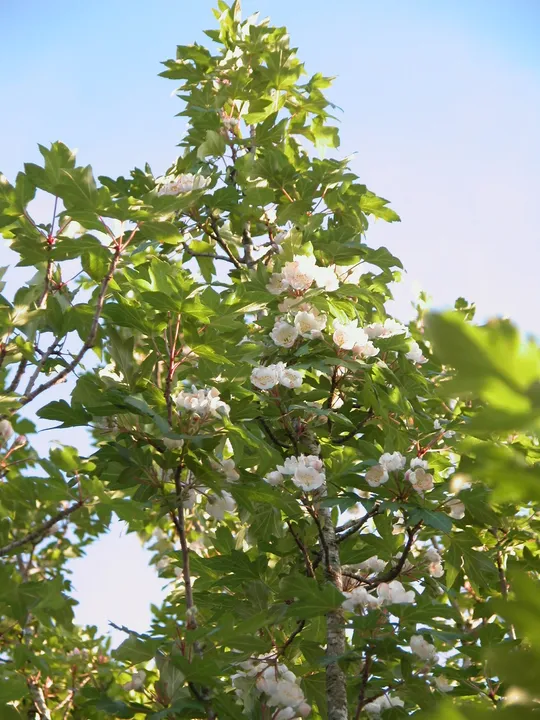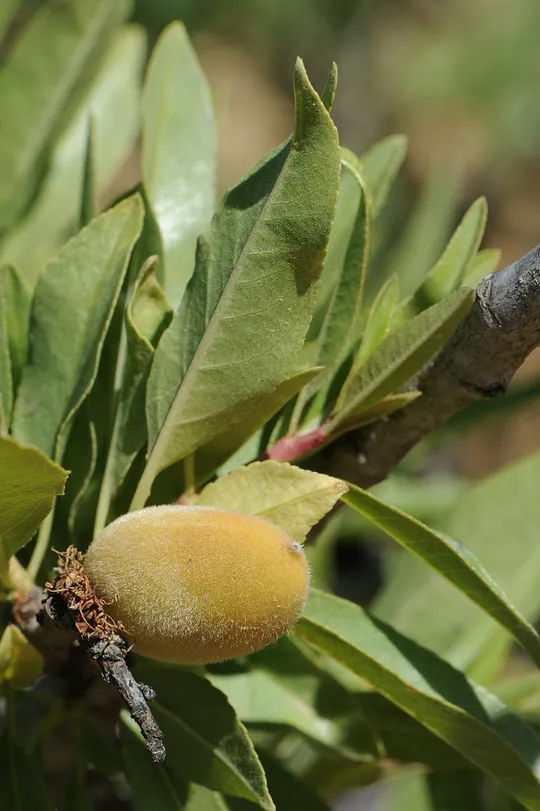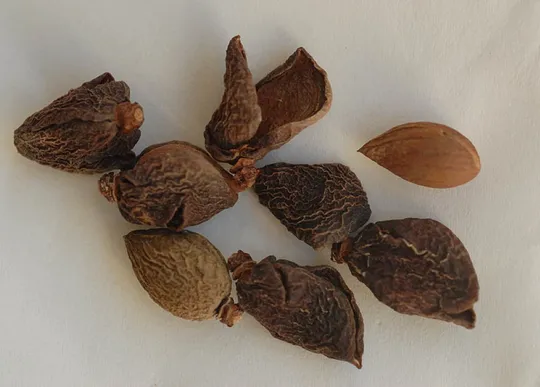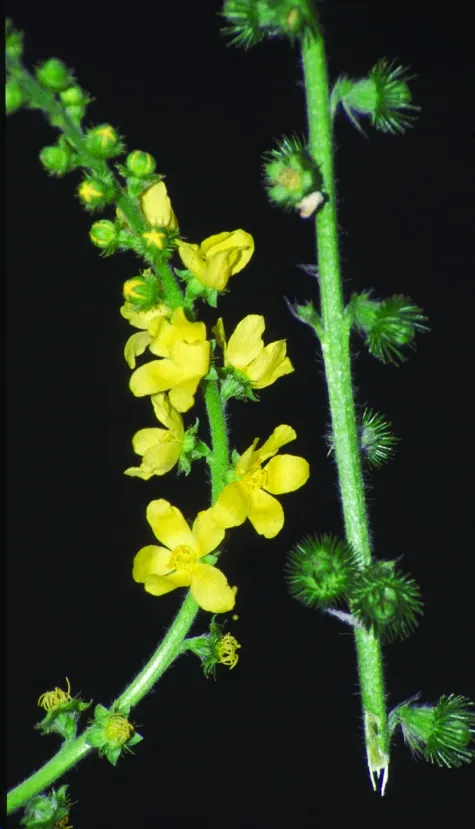Phoenician Rose
Rosa phoenicia

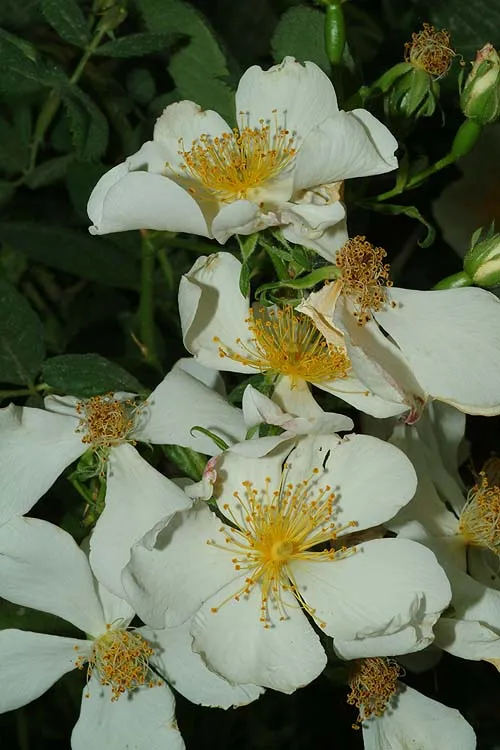
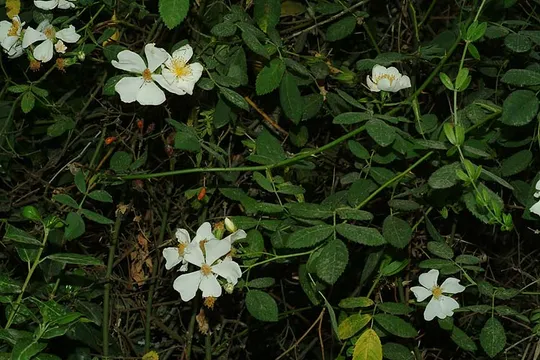
The petals
of Rosa
phoenicia are used for making perfumes, and
rose tea, which is considered a cure for throat infections, chronic diarrhea, strengthens the lungs and stimulates the body’s activity
Rosa phoenicia grows in
ten regions, all of them in central and northern Israel: in the Sharon and the Hula Valley it is common on the edge of streams and water bodies, and has been recorded
from ten different sites in each region. In the Zeta pond in the Sharon ten adjacent
thickets are known, which is probably the largest concentration in the country. It
is rare in the following regions, in which it has been recorded
at only 2-3 sites: the Acre Valley, Ramot Menashe, Carmel Coast and
Samaria. In the Jezreel Valley, there
is only a single site in Kiryat Haroshet on the edge of the Kishon Stream. In the
Upper Galilee R. Phoenicia grows in a section of the Kziv Stream and in a section between the Tanur
and Kfar Gil'adi. It is extinct
from three regions: Lower Galilee (Shekh Abrek in
Tiv'on), Carmel and the Philistian Plain (was last collected in 1977 near
Palmahim, probably in Nebi Rubin). On
Mt. Hermon, it
grows from the Banias through the En Qiniye springs and the Sa'ar Stream to the Yafori Valley springs. It also gows on the Azaz Hill (Tel Azazi'at) south of the Banias, which is considered
a part of the Golan Heights region.
According to A. Sabah it grows in Samaria in the area of Wadi Haramiya-Wadi Zarqa-Wadi Dilb, but it may have been confused with Rosa canina. It
is also noted in the literature from Samaria, but it has not been found there after the 1960s.
On riverbanks, marshes
and water bodies, especially at the edge of fresh flowing water
The genus Rosa includes 100-150
species found mainly in the
temperate regions of the Old and New World. A few of the species grow in the mountains of Africa. There are 45 species in Europe. Many of the species interbreed, which makes the systematics of the genus complex, and the
number of species is not clear. Rosa
species were an important source of plant oils in the cosmetics industry, and there are some species that are used in folk medicine. However, most important
is the ornamental cultivation of the genus
Rosa and its flowers that are popularly called "roses".
Three wild Rosa
species grow in Israel: R.canina, whose
flowers are pink and grows in Quercus calliprinos woodlands on damp slopes, unlike R. phoenicia that grows near bodies of water and has pure white
flowers. The styles of R. phoenicia are fused in an elongated structure, while those of R. canina are separate and shorter. In addition, the fruit of R. canina is
dark red while that of R. phoenicia is light red. The third species, R. pulverulenta, grows on the peaks of Mount Hermon.
•
Rosa
phoenicia is found in many regions (10), and relatively many sites (40).
Nevertheless, the species is endangered as a result of the severe degradation of wetland habitats in Israel.
It is already extinct in two regions, and is expected to disappear from six more regions, in which there are only 2-3 sites.
• In
Israel R. phoenicia grows in a pattern of large solitary clumps each containing only a
few plants.
• R. phoenicia is protected in the Nuhela
and Tel Dan reserves, the Orchid Reserve at Hurshat Tal, the Hatsbani, En Afek and Ahu Binyamina reserves. The Zeta Pond populations are largely found in canals outside
the boundaries of the reserve.
The canals canals,
trenches near the Zeta Pond and the areas behind Hurshat Tal should be selected as central monitoring
sites for the study of the
long-term demographic trends in Rosa phoenicia populations. Clean water should exist at all
sites where the plant grows.
Rosa phoenicia is endemic to the Middle East, grows in the Fertile Crescent zone with deviations to Turkey; in
Jordan – in
the Gilead; common in Lebanon (first described from Sidon), in Syria, in many regions in Turkey, Kurdistan
and northern Iraq.
Rosa
phoenicia is a thorny shrub that grows on the banks of water bodies. Its flowers are abundant
and impressive, which makes it very attractive. Although found at a relatively
large number of sites, its populations are decreasing and are continuously threatened by the
degradation of wetlands in Israel.
Current Occupancy Map
| 1000 squre meter pixel | 5000 squre meter pixel | 10000 squre meter pixel | |
|---|---|---|---|
| number of observations | 0 | 0 | 0 |
| in total pixels | 0 | 0 | 0 |
| Family | Rosaceae |
| Classification | On the endangered species list |
| Ecosystem | Mediterranean Bodies of Water |
| Chorotype | Eastern Mediterranean, Western Irano-Turanian |
| Conservation Site | Zeta Pond and Hurshat Tal |
| Rarity |
1
1
6
|
|---|---|
| Vulnerability |
0
3
4
|
| Attractiveness |
0
3
4
|
| Endemism |
0
0
4
|
| Red number |
1
4.2
10
|
| Peripherality | N |
| IUCN category | DD EW EX LC CR EN VU NT |
| Threat Definition according to the red book | Endangered |
 Based on:
Based on:
